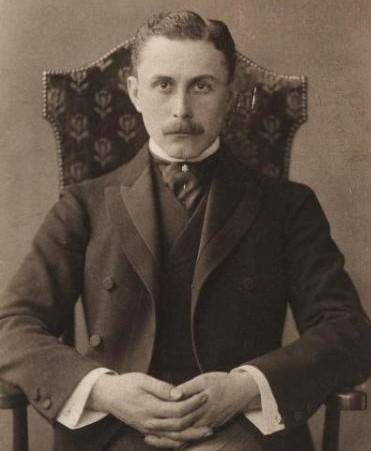Now only a collector’s item…
ACHC Collection L to R #1980.008.1; #1978.164.1; #1978.0
ACHC Collection L to R #1978.122.1; #1978.111.1; #1978.093.188.1
If you think these are hat pins, you’re close. The difference is in the length. These are stickpins. A piece of jewelry worn by men, to secure their cravats.
King Louis XIV wearing a cravat.
The word "cravat" dates to the early 1600’s. The item came from Croatian mercenaries hired by King Louis XIII during the Thirty Years War. As part of their uniforms, these mercenaries knotted cloths around their necks, linen cloth for soldiers and silk or lace for officers. The cloths became the fashion in France and were known as cravats throughout Europe. Cravat comes from the French "cravate" which was the mispronunciation of the French word for Croatian, "croate."
Stick pins came into fashion much later, in the 1830’s to 1880’s. They were a detail for men’s cravats, mostly men of the upper classes of European society. Not only were they ornamental, but stick pins kept the slippery lace or silk fabric of a cravat, in place.
At the time, pins of any kind were labor intensive to make and therefore expensive, the perfect mark for a fashion statement of the elite. However, in 1832, a pin-making machine was patented in the U.S. This changed the production of stick pins. The availability and popularity increased.
As one of the few articles of jewelry that men wore, stick pins became a way of showing off individual tastes and wealth. Popular motifs ranged from a fox head, a horse shoe and crossed pipes, in the 1850s; to flowers, initials, shells and birds in the 1870s; to pearls, diamonds and gems by the end of the century.
By the 1890s, stick pins were emerging in women’s fashion too. But they wore them as jewelry, mainly on their sport and leisure clothes.
Stick pins remained popular until the 1920s when clothing styles changed dramatically, and knotted ties came into fashion.
The stick pins pictured are just a sampling of the 125 stick pins in our collection.
I have one, passed down from a relative years ago. Maybe you have some too.








